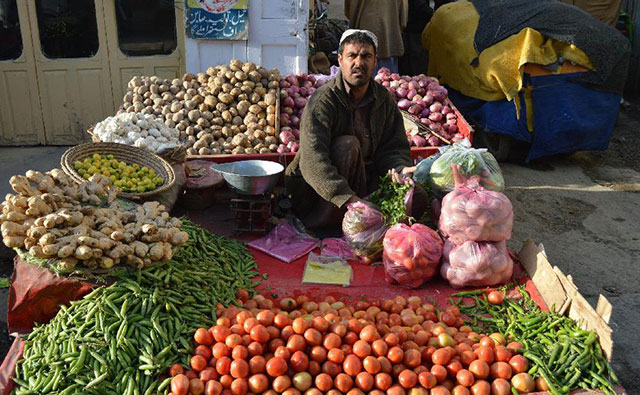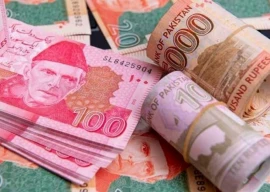
While rice remains the country’s top export commodity to the Emirates, the food segment remains a potential area as Pakistan continues its fight to increase foreign exchange revenue through exports.
Surplus stock: Government eyes Gulf for wheat export
“Pakistan’s food and agro-products exports touched $0.5 billion last year compared to 2012’s number of $362.4 million,” said Commercial Counsellor of Dubai Consulate Saeed Qadir, adding that Pakistan had boosted sale of its traditional agricultural products and expanded reach into areas such as processed meat and poultry products, tea, concentrated milk and cream, certain fruits and vegetables, spices, herbs and confectionaries.
Rice remains Pakistan’s leading food export to the UAE. According to TDAP figures, Pakistan’s rice sales jumped 11 fold to $207.8 million compared to the last two years. Meat and processed frozen food exports crossed the $100 million mark in the last three years.
As for fruits and vegetables, exports increased over 100% in three years. Sales of dried fruits and vegetables to the UAE rose to $9.7 million and $7.8 million, respectively. Exports of potatoes reached $5.9 million last year - an eight-fold increase compared to the 2012 figures, while fresh and frozen meat exports crossed the $50 million mark.
“Moreover, for this sector, there awaits a major export push as more than 90 Pakistani companies are taking part in the Gulfood 2016; the world’s largest annual food and hospitality trade platform, scheduled in Dubai later this month,” said the CG.
“In this exhibition, Pakistani exhibitors will be looking to source new buyers for a wide range of Pakistani food and agro sector products including fresh and frozen foods, rice, fruits and vegetables, sauces, nuts, sweets, confectionery and tea,” said Consulate General of Pakistan, Dubai Consul General Javed Jalil Khattak.
“Buyers can leverage Pakistan’s cost-competitiveness, lower transport costs and delivery time, and the quality, freshness, taste and aroma of our diverse produce”, he added.
The Pakistan pavilion at Gulfood 2016 will feature among 117 national and trade association pavilions. There will also be a first-time group participation from Russia, Costa Rica, Belarus, Mauritius and New Zealand (returning after a six-year break). In all, some 5,000 international companies from 120 countries and more than 85,000 food and beverage, wholesale, retail, distribution and hospitality professionals from five continents will take part in the event.
Data released by global macroeconomic research firm, BMI International, shows that Pakistan remains a buoyant market for consumer sales and food and beverage investment. The firm is forecasting a 9.9% per capita compound annual growth rate (CAGR) in food consumption until 2019, a 3.2% per capita CAGR growth in domestic soft drinks sales and 9.5% per capital CAGR in mass grocery retail sales.
Pakistan’s trade gap broadens to $13.7b
“There are enormous business opportunities emerging in Pakistan for both food and beverage imports and exports, as evident by the recent international investment in manufacturing plants in Karachi, Multan and Islamabad,” explained the Exhibitions and Events Management Dubai World Trade Centre Senior Vice President Trixie Lohmirmand.
Published in The Express Tribune, February 14th, 2016.
Like Business on Facebook, follow @TribuneBiz on Twitter to stay informed and join in the conversation.



1729418090-0/jlo-(5)1729418090-0-165x106.webp)



















COMMENTS
Comments are moderated and generally will be posted if they are on-topic and not abusive.
For more information, please see our Comments FAQ